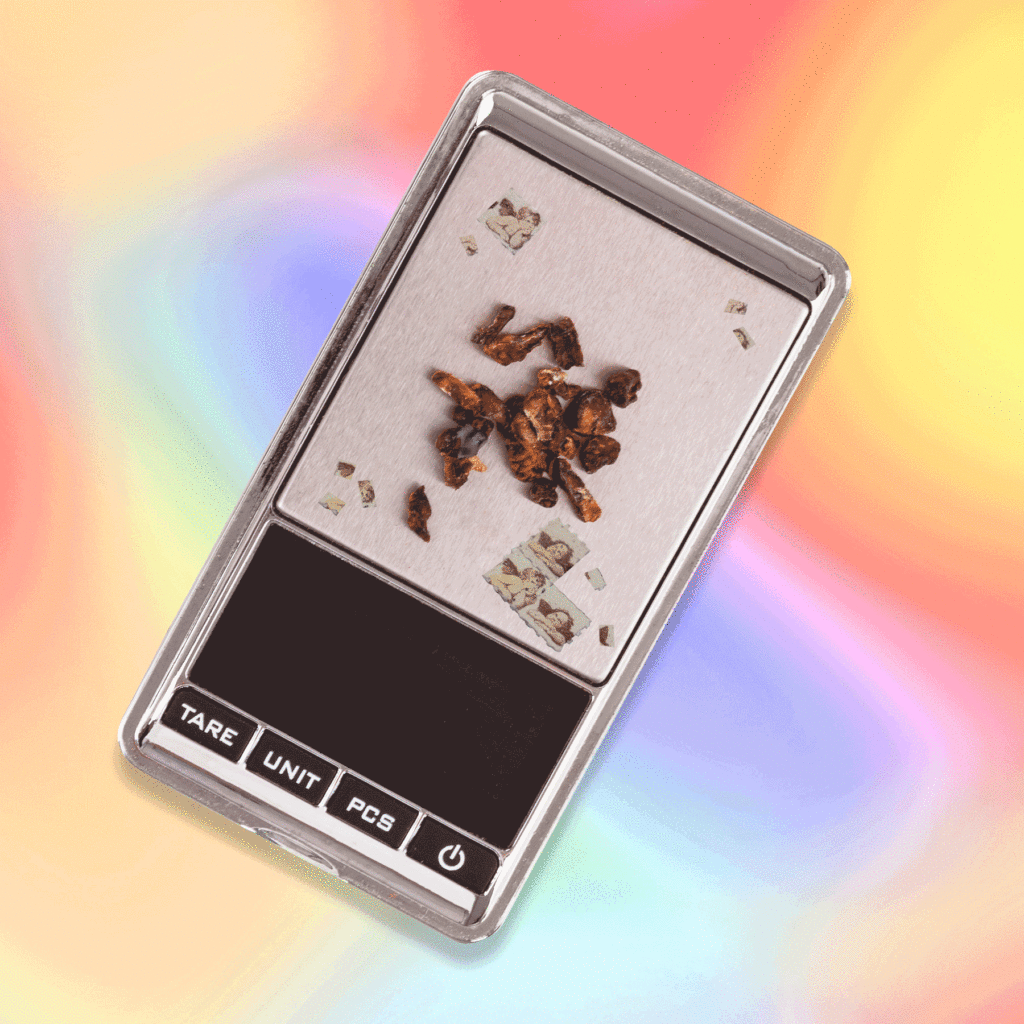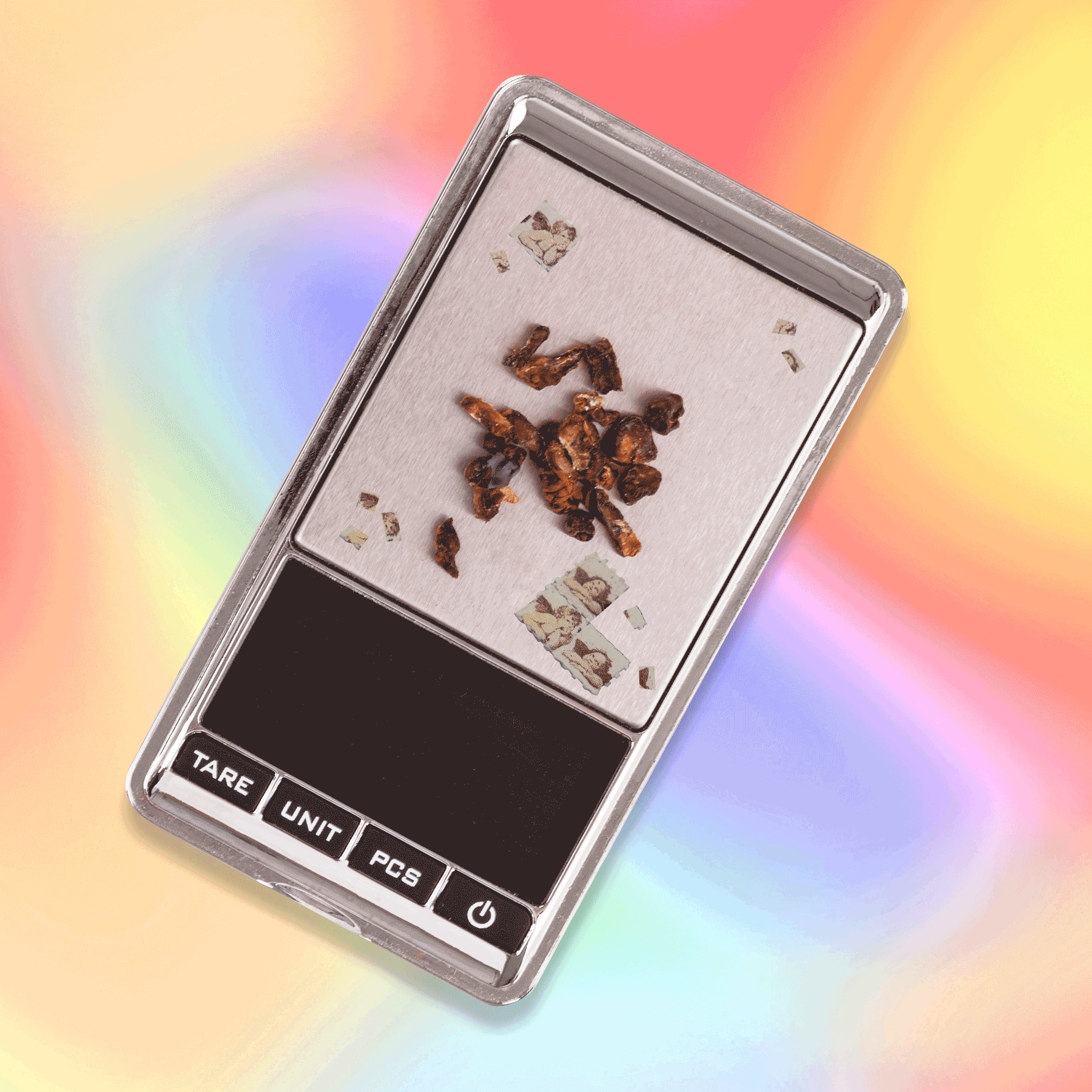
hhhhh
Classic psychedelics such as psilocybin and LSD enter the brain via the same receptors as serotonin, the body’s “feel good” hormone. Serotonin helps control body functions such as sleep, sexual desire and psychological states such as satisfaction, happiness and optimism.
People with depression or anxiety often have low levels of serotonin, as do people with post-traumatic stress disorder, cluster headaches, anorexia, smoking addiction and substance abuse. Treatment typically involves selective serotonin reuptake inhibitors, or SSRIs, which boost levels of serotonin available to brain cells. Yet it can take weeks for improvement to occur, experts say, if the “drugs” even work at all.
With psychedelics such as psilocybin and LSD, however, scientists can see changes in brain neuron connectivity in the lab “within 30 minutes,” said a professor of psychiatry and pharmacology.
“One of the most interesting things we’ve learned about the classic psychedelics is that they have a dramatic effect on the way brain systems synchronize, or move and groove together,”
“When someone’s on psilocybin, we see an overall increase in connectivity between areas of the brain that don’t normally communicate well,” Johnson said. “You also see the opposite of that — local networks in the brain that normally interact with each other quite a bit suddenly communicate less.”
It creates a “very, very disorganized brain,” ultimately breaking down normal boundaries between the auditory, visual, executive and sense-of-self sections of the mind — thus creating a state of “altered consciousness.
And it’s that disorganization that is ultimately therapeutic “Depressed people are continually self-critical, and they keep ruminating, going over and over the same negative, anxious or fearful thoughts.
“Psychedelics disrupt that, which is why people can suddenly see a way out of their depression during the trip,” “Critical thoughts are easier to control, and thinking is more flexible. That’s why the substance is an effective treatment for depression.”
THE GROWTH OF BRAIN CELLS
There’s more. Researchers say psychedelic substances actually help neurons in the brain sprout new dendrites, which look like branches on a tree, to increase communication between cells.
These can increase neuronal outgrowth, they can increase this branching of neurons, they can increase synapses. That’s called neuroplasticity .
That’s different from neurogenesis, which is the development of brand new brain cells, typically from stem cells in the body. The growth of dendrites helps build and then solidify new circuits in the brain, allowing us to, for example, lay down more positive pathways as we practice gratitude.
Now our current thinking is this neuronal outgrowth probably doesn’t contribute to the increased connectivity in the brain, but it almost certainly helps people who have insights into their depression while on psilocybin maintain those insights .
You shake up the brain, you see things in a more positive way, and then you lay down those positive circuits with the neuroplasticity.
Interestingly, SSRIs also increase neuroplasticity, a fact that science has known for some time. But in a 2022 double-blind phase 2 randomized controlled trial comparing psylocibin to escitalopram, a traditional SSRI, Nutt found the latter didn’t spark the same magic.
“The SSRI did not increase brain connectivity, and it actually did not improve well-being as much as psilocybin,” “Now for the first time you’ve got the brain science lining up with what patients say after a trip: ‘I feel more connected. I can think more freely. I can escape from negative thoughts, and I don’t get trapped in them.’ “
Depression

The depressed brain encourages rigid thought patterns that impact well-being. This can be viewed as a “landscape” with deep wells that make it difficult for patients to “move between” different thoughts and perspectives.
Psilocybin
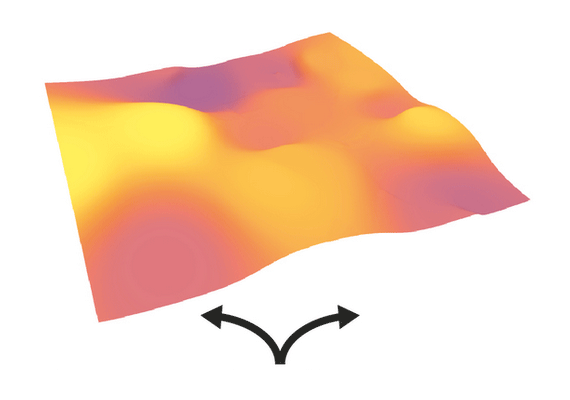
Psilocybin therapy “flattens” the brain’s landscape and “opens up” the rigidity of the depressed to allow new thoughts, insight, and perspectives to emerge.
Post-treatment
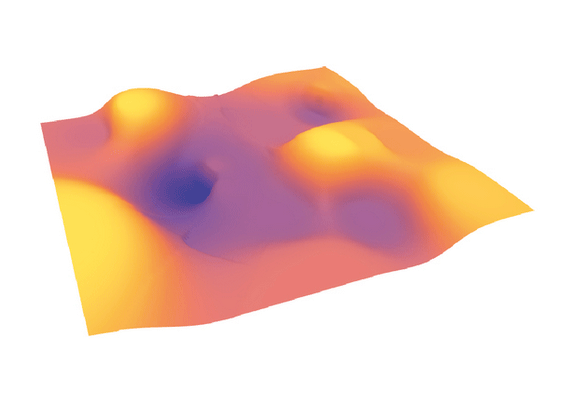
Post-treatment, a flatter landscape makes it easier for patients to experience healthier flexibility and diversity in their thought patterns.
”Psilocybin works differently from conventional antidepressants – making the brain more flexible and fluid, and less entrenched in the negative thinking patterns associated with depression.”
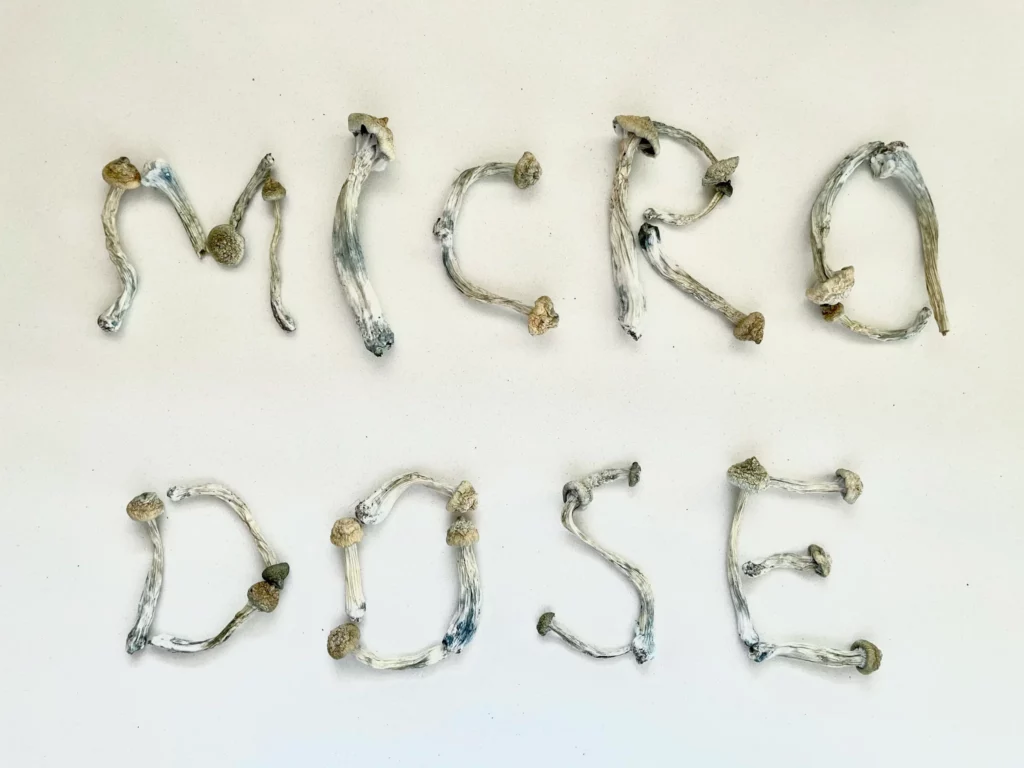
What is microdosing?
Microdosing is the practice of taking a tiny amount of a psychedelic drug — like LSD or psilocybin — on a fixed schedule.
Advocates of microdosing say the practice helps with mood and well-being.
How much is a microdose?
Researchers generally consider a microdose to be about 1/10 or 1/20 of a normal recreational dose. For LSD, this would typically be a dose of about 5 mg to 20 mg. The psilocybin microdose range is typically 0.1 g to 0.3 g. The goal is to take enough to have potential benefits — but without causing someone to feel high or intoxicated.
What is a typical microdosing schedule?
There are a few common microdosing schedules that people tend to follow. Typical microdosing schedules include:
- Two dosing days followed by 2 non-dosing days
- Every other day dosing
- Monday to Friday dosing, followed by non-dosing on the weekend days
Benefits of microdosing
Some studies report that people who microdose can have the following benefits:
- Increased mental clarity and focus
- More creativity
- Improved mood and energy levels
- Improved mental and physical performance
- Improved mindfulness, insight, and self-awareness
- Enhanced problem-solving abilities
- Increased sense of authenticity and connection to the core self
- Motivation to make healthier lifestyle choices
- Improved adaptability to change
- Enhanced feelings of connectedness to others
- Increased empathy for others
- Reduced stress and anxiety
- Improved ability to resist drug cravings
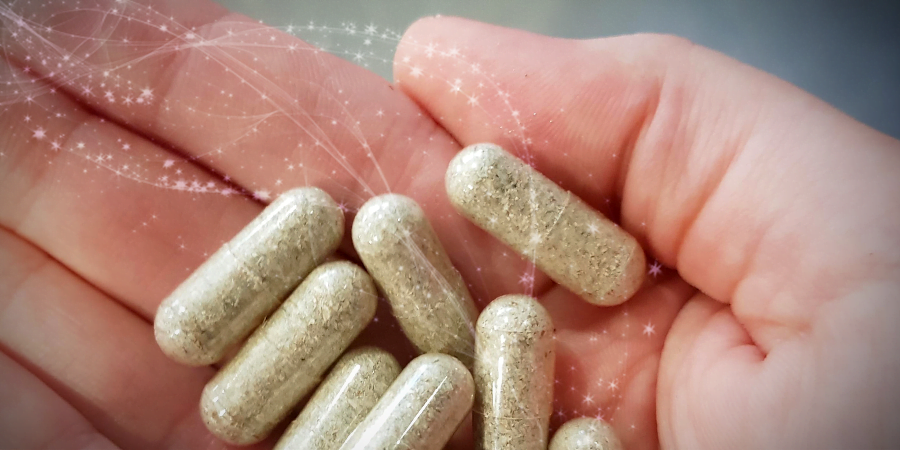
jjjjj

